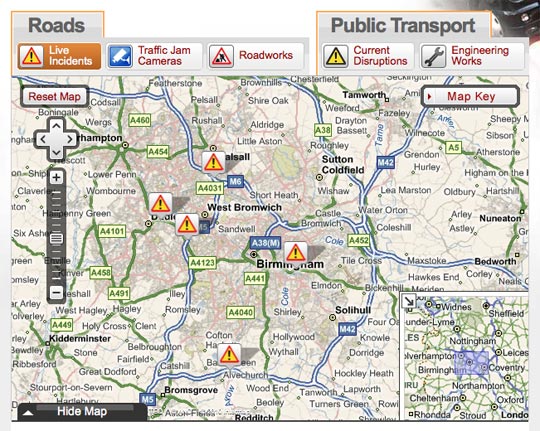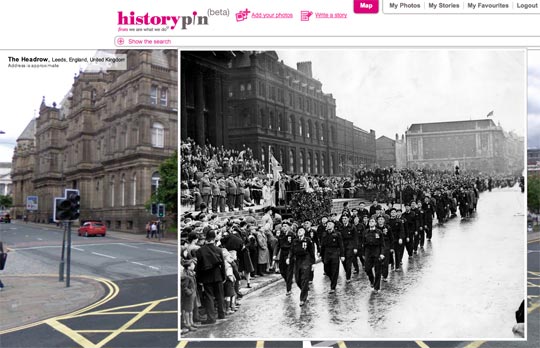On Tuesday, Journalism.co.uk reported that the BBC were using Ushahidi’s new Crowdmap technology to record and illustrate problems on the London Underground caused by the day’s tube strikes.
The BBC’s Claire Wardle has helpfully followed up on her experiences with a post on the College of Journalism website explaining how it went, what they changed and what they would like to do with the technology next time.
She explains the reasoning behind decisions taken throughout the day to amend their use of the platform, such as moving across to Open Street Map as a default mapping tool and the introduction of a time stamp at the start of each headline. She also provides some suggestions on how the platform could be improved in the future, including provisions for greater information outside of the map.
It would have be useful if there’d been a scrolling news bar at the top so we could have put out topline information which we knew everyone could see by just going to the map. Something like ‘the Circle Line is suspended’ or ‘the roads are really starting to build with traffic’ was very hard to map.

